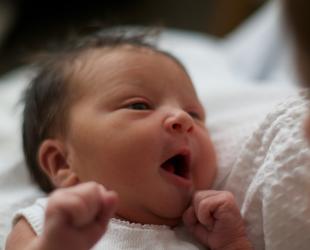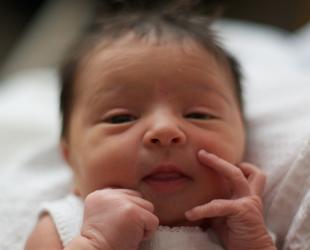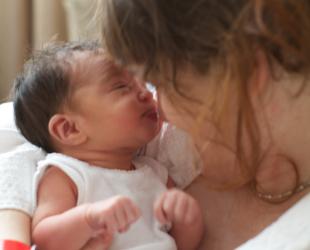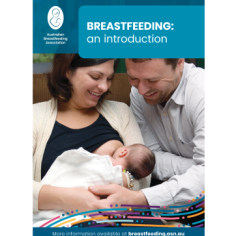Babies show us that they are hungry long before they cry.
Watch your baby instead of the clock.

By recognising and responding to early feeding cues, you can offer a breastfeed to your baby when they are alert and ready but still calm. In this way, your baby will attach and feed more effectively.
When babies are ready for a feed they might:

-
turn their head from side to side
-
open their mouth
-
move their hand to mouth

-
suck their lips and hands
-
become restless
-
make cooing or sighing sounds.

I'm ready for a feed now Mum.
Why are feeding cues important?
Feeding your baby when they show early cues:
-
gives your baby an opportunity to attach and feed well
-
satisfies your baby's hunger and thirst
-
keeps your milk supply up
-
lets your baby know you are there when they need you.
If a baby gets no response, their feeding cues may escalate to:
-
tense, jerky movements of their arms and legs
-
crying
When your baby is crying:
-
they may have more difficulty attaching to your breast
-
they may not feed well
-
you may find your nipples become sore if your baby isn’t well-attached
-
it's harder to calm baby down to feed.
© Australian Breastfeeding Association April 2022
Read more about getting breastfeeding started
Online interactive session free for members
Newborn Virtual Village - Learning your baby's feeding and other cues

Evidence-led info and practical tips from our Breastfeeding Information Series
Breastfeeding: an introduction




